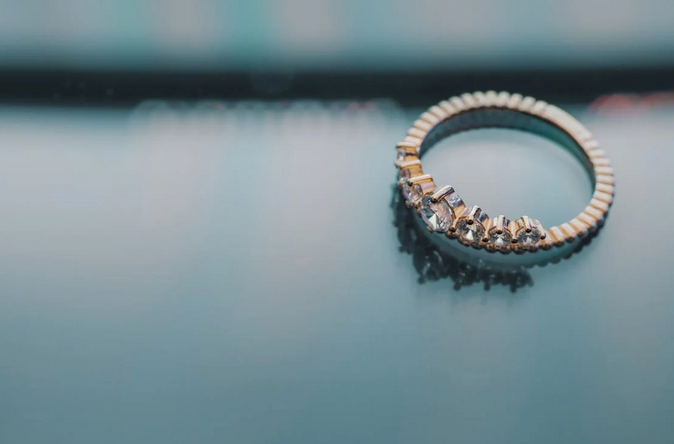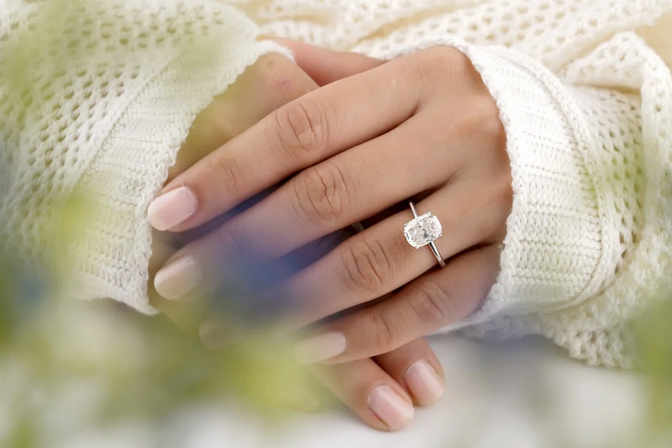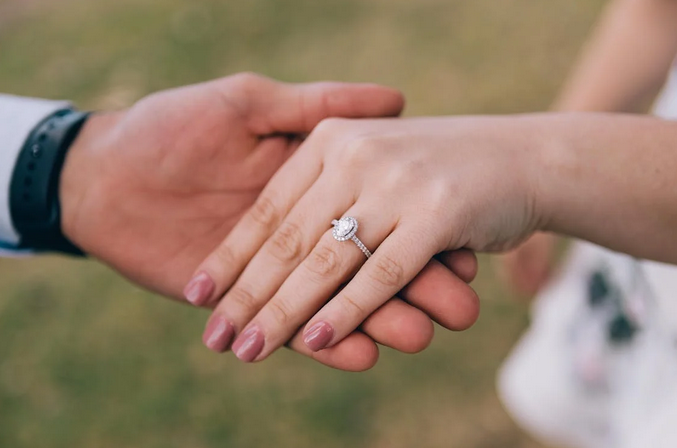Diamond Ring Settings: What You Need to Know Before You BuyDiamond Ring Settings: What You Need to Know Before You Buy
Choosing the perfect diamond ring is an exhilarating experience, but there’s more to it than just picking out a sparkling stone. One of the most crucial aspects often overlooked is the setting. The way a diamond is set can dramatically influence its beauty, durability, and comfort when worn. Whether you’re shopping for an engagement ring or something special for yourself, understanding different settings will empower your decision-making process.
From classic solitaires to intricate vintage designs, each setting tells a unique story about style and craftsmanship. Dive into this guide to explore the various options available; you might discover that the right setting enhances not only your diamond’s brilliance but also how it fits into your lifestyle.
Understanding the Different Types of Settings
When it comes to diamond ring settings, variety is the spice of life. Each type offers a different aesthetic and vibe. The classic solitaire setting features a single diamond, allowing its brilliance to take center stage. This timeless choice never goes out of style. For those who love sparkle, a halo setting encircles the main stone with smaller diamonds. This design not only amplifies the center gem’s visual impact but also creates an illusion of greater size.
Three-stone settings symbolize the past, present, and future. They often showcase two side stones alongside the central diamond, making them perfect for meaningful moments. If vintage charm speaks to you, consider a pave or milgrain setting. These styles incorporate tiny diamonds set closely together or intricate detailing along the band that exudes elegance and history. Each option has its unique characteristics that cater to various tastes and preferences. The right choice can elevate your diamond ring from beautiful to breathtaking.
Metal Choices: Gold, Platinum, or White Gold?

When choosing a metal for your diamond ring setting, you’ll encounter three popular options: gold, platinum, and white gold. Each has its distinct characteristics. Gold comes in various shades—yellow, rose, and white. Its warm tones can complement different skin types beautifully. Yellow gold offers a classic look that many adore.
Platinum is known for its strength and durability. It’s hypoallergenic too, making it ideal for sensitive skin. This precious metal often carries a higher price tag but provides a luxurious heft that many find appealing. White gold has gained popularity as an alternative to platinum. It’s alloyed with metals like nickel or palladium to achieve its bright hue. While it’s less expensive than platinum, it may require rhodium plating over time to maintain its shine.
How the Setting Affects the Diamond’s Appearance
The setting of a diamond plays a crucial role in its overall appearance. Different styles can enhance or diminish the stone’s brilliance. For instance, a solitaire setting showcases the diamond’s natural beauty without distraction. On the other hand, halo settings surround the central gem with smaller diamonds. This creates an illusion of size while amplifying sparkle. The contrast between the center stone and surrounding gems can be striking.
Moreover, prong settings elevate diamonds above their band, allowing more light to pass through from various angles. This maximizes shine and enhances fire—those colorful flashes that dance within each facet. Conversely, bezel settings encase stones securely in metal, providing protection but sometimes muting brilliance due to limited light exposure. Each choice uniquely influences how one perceives clarity and color. Pay attention not just to style but also to how it transforms your diamond into something extraordinary.
Practicality: Comfort and Durability

When selecting a diamond ring setting, comfort is key. You want to wear your ring daily without feeling any discomfort. Look for settings that sit low on the finger or have smooth edges. These designs reduce the risk of snagging and rubbing against your skin. Durability also plays a significant role in practicality. Some settings are more prone to damage than others. For instance, prong settings can expose diamonds to potential knocks, while bezel settings offer greater protection by snugly encasing the stone.
Consider lifestyle factors too. If you’re active or work with your hands often, choose robust materials that withstand daily wear and tear. Platinum is an excellent choice here; it’s powerful and resistant to scratches. Finding the right balance between comfort and durability ensures you’ll cherish your ring for years to come while enjoying every moment of wearing it.

